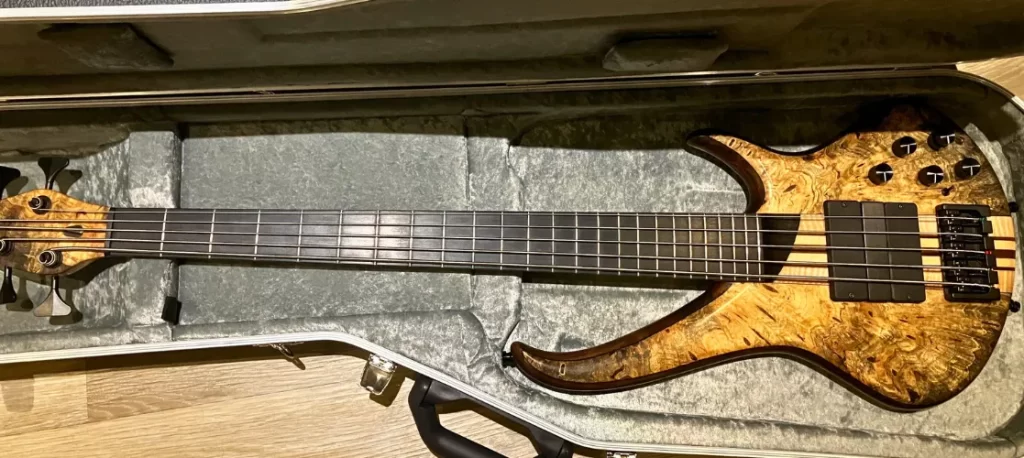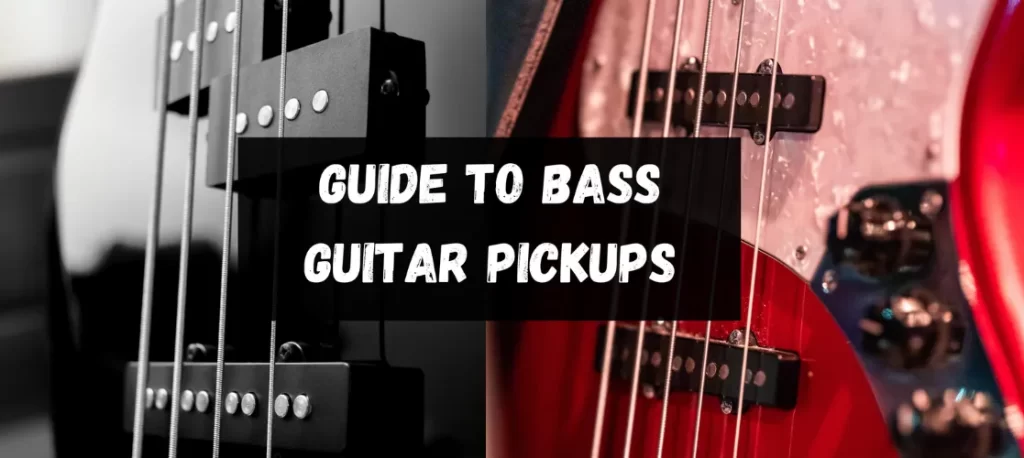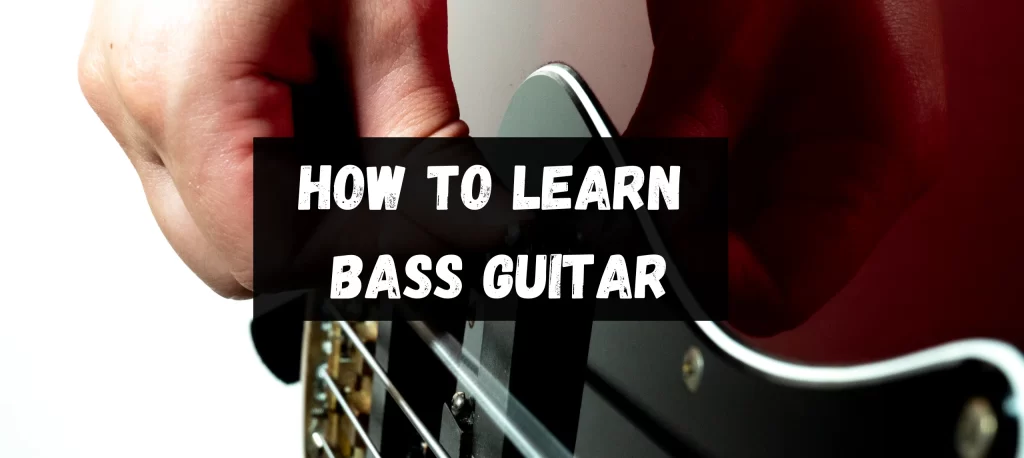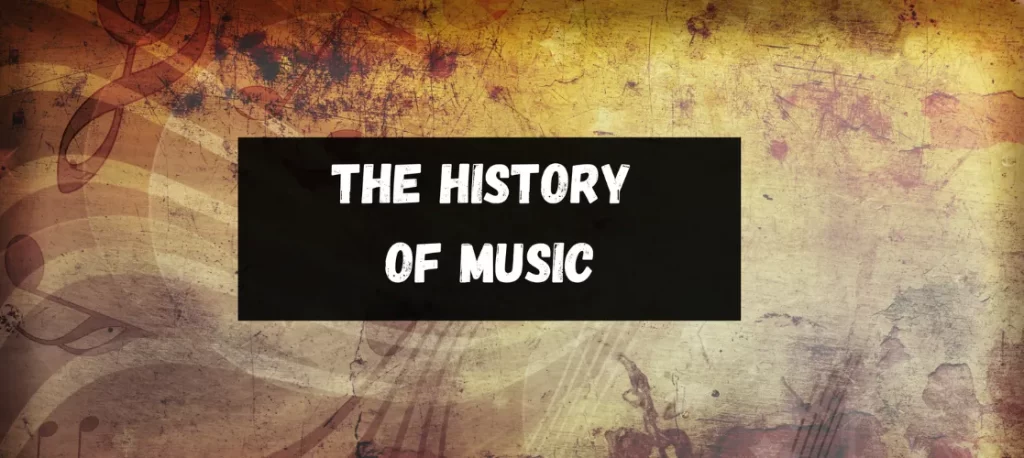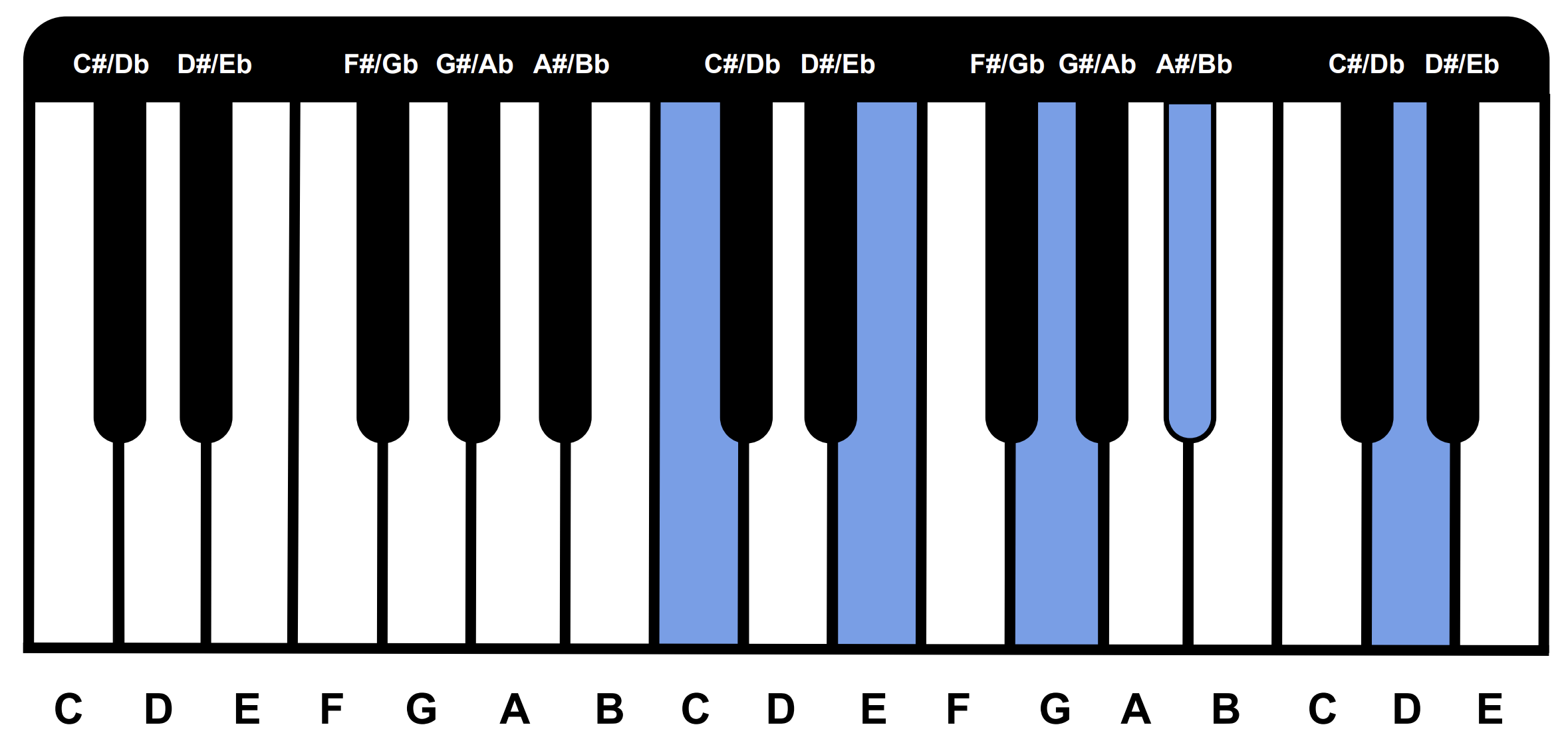
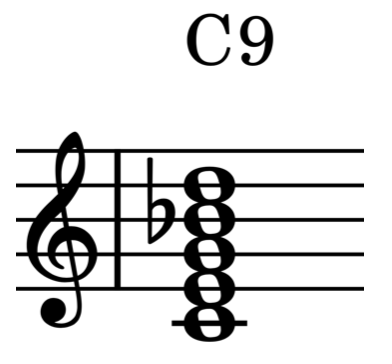
The C9 chord (also known as C dominant 9), is a dominant chord. It has a major triad with a minor 7th, and the major 9th.
The notes in C9 are:
D
Bb
G
E
C
The chord’s root ultimately determines the harmony. However, a lot of arpeggios have extra chords that you can refer to or play over the primary chord.
From the root: C9
From the 3rd: E-7b5
From the 5th: G-
Bass

Treble
Arpeggio
An arpeggio is a collection of distinct notes that together make up a chord. Each note that makes up a chord is referred to as a chord tone.



The Dominant Scale
The Dominant scale is perfect to use over C9



The Ionian and Dorian tetrachords, which are separated by a tone, make up the dominant scale (also known as the mixolydian mode).
C9 Backing Track
Practice playing along to C9 using The Dominant Scale.
Find lines you can play over the chord by using your creativity. Make an attempt to internalise the sound to hone your hearing skills.
There are many different ways to play intervals, scales, melodies, and you find these and more in my books if you’re having trouble coming up with new ideas.
The simplest technique to invert this chord is to take off the bass note (C), which the bass musician will cover. The resulting E-7b5 chord contains 4 notes, which you can invert as per usual. 5 note chords cannot be inverted because the voicings are too similar and would create too much tension.
If You'd Like to Know More About Theory...Try My Books!
Other Chord Extensions
| Chord Name | Notes |
|---|---|
| Major Chords | |
| CMaj7 | C, E, G, B |
| CMaj9 | C, E, G, B, D |
| CMaj#11 | C, E, G, B, F# |
| CMaj13 | C, E, G, B, A |
| CMaj9(add13) | C, E, G, B, D, A |
| Minor Chords | |
| Cmin7 | C, Eb, G, Bb |
| Cmin9 | C, Eb, G, Bb, D |
| Cmin11 | C, Eb, G, Bb, F |
| Cmin13 | C, Eb, G, Bb, A |
| Dominant Chords | |
| C7 | C, E, G, Bb |
| C9 | C, E, G, Bb, D |
| C11 | C, E, G, Bb, F |
| C13 | C, E, G, Bb, A |
| Half Diminished Chords | |
| C-7b5 | C, Eb, Gb, Bb |
Read my ultimate guide on how to learn the bass guitar in the link below!

Howard Head
I turn confused bass enthusiasts into bass gods through a simple and logical process.

